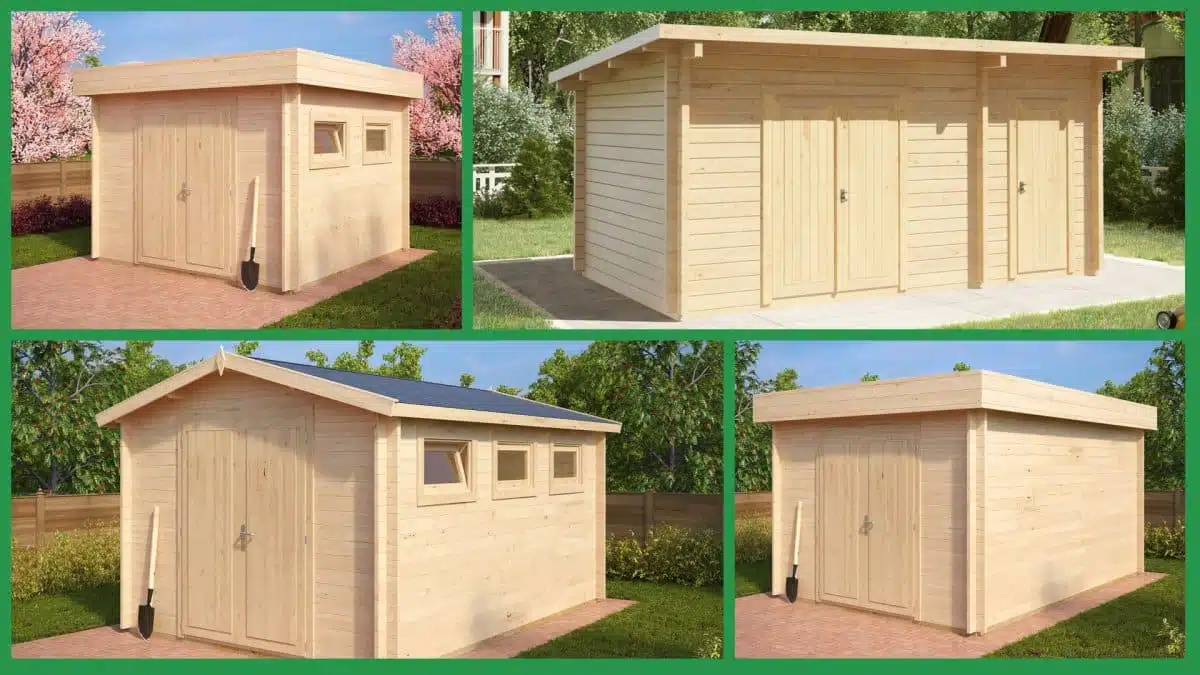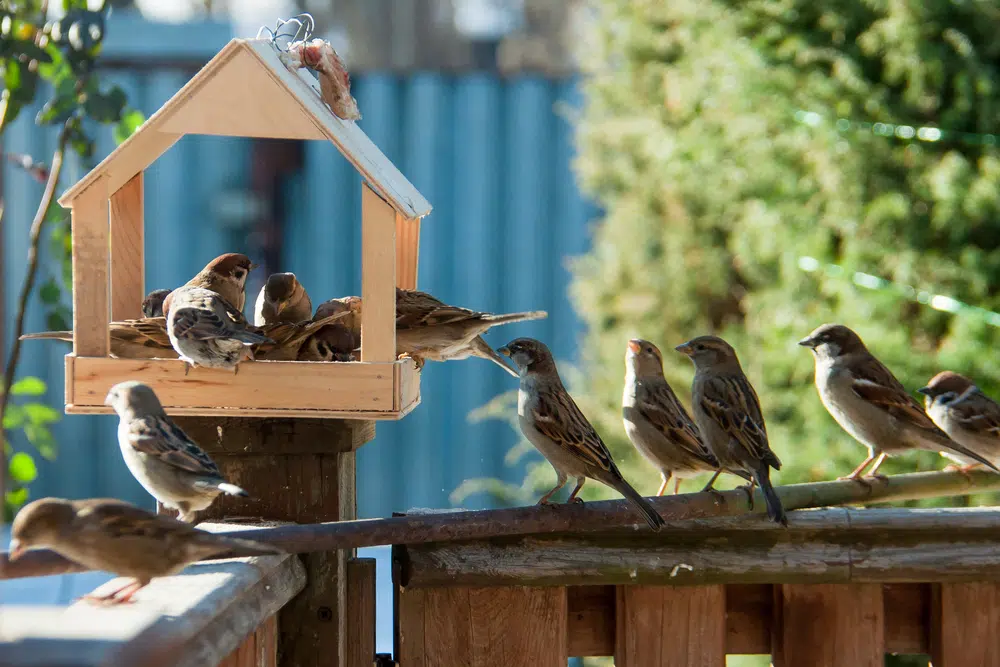Maintenance of the Garden Storage Shed
05.07.2018
Garden storage sheds are becoming more and more popular as people nowadays seem to need more and more stuff and thus also need the space to store it somewhere.
A wooden garden storage shed is a good choice to store anything that needs to be dry, safe and clean; be it old furniture, books or files, used household items, electronics, conserved foods, toys, tableware, or things with memories.
But more often than not, a garden storage shed contains things that are frequently used outdoors, like outdoor toys, bicycles, or, of course, gardening tools and materials like pots, saucers, sacks with soil, fertilizer, and other things.
Having invested a considerable amount of money in a high-quality garden shed, you will wish to maintain it properly, not only to protect your investment and ensure a long live for the garden shed itself, but also for the items stored in it.
Moisture is the number one enemy of a garden storage shed
And the same is most often true for the items stored in it. While garden storage sheds are usually delivered with a functional roof, the other source of moisture coming from below is most often in your own responsibility. Proper foundations should be just the size of the garden storage shed in order to give the underfloor joists a good support, and on the other hand let water running down the walls drip off besides the base and not onto it, so that no water will ever run between the foundation and the floor.
If you have any problems with a wet soil under your garden storage shed, you should consider changing the way the water flows during heavy rains or draining the whole area properly to show excess water an easy way out of there.
A garden storage shed needs regular cleaning and inspecting
One important reason why it is important to clean your garden storage shed regularly is that dirt and even dust can get wet and maintain moisture even when clean wood would have long dried off again. Wood has pores through which water can damp out, but they need to be open and not clogged by dust or dirt.
Another important reason is that a thorough cleaning will require you to clear out the shed. Moisture will stay under saucers, sacks or any items that obstruct free ventilation. In some cases even animals like ants, silverfish, or woodlice might appreciate the moisture and settle there.
This is one good reason to set up heavy shelves for heavy stuff instead of just putting it on the floor of the garden storage shed.
Finally, a cleared out and properly cleaned shed will be the best precondition for a proper inspection of the shed.
Inspecting the garden storage shed
Summer offers perfect conditions for clearing, cleaning and inspection of garden storage sheds as it is useful to do this after a series of hot and dry days. Not only will the items outside the shed be safe during these periods, but you could also use the opportunity for fixing any damages while the timber is dry.
Even though you might not find any signs of actual moisture then, you could still recognize spots in the wood where it has been wet or moist over longer periods. Fungi like blue stain, unwelcome guests like insects or even wood harming organisms like woodworms and also lichens, moss, or other fungi only grow where the timber has been wet for too long, and you will have to find a way to fix it.
If these signs occur under the roof, you should check if the roof is still tight. Sometimes a single layer of roof felt is not enough. It might get brittle and break or be damaged by direct hits from hard things like thrown things, branches blown onto the roof during storms, or animals.
Other than these signs or actual moisture, look out for cracks, breaks and splits in the wood.
Fixing problems at the garden storage shed
If your inspection of your garden storage shed unveils cracks in the wood, don’t panic! They are very normal in ageing timber and don’t usually pose any problem unless they get too big. If you can see the daylight through the crack from the inside, it might be advisable to close it. The same is true for cracks on the weather side, where rainwater might enter into the wood from outside.
Any water resistant wood filler, or epoxy mixed with wood dust are suitable to fill the gap from the outside if the wood is dry. Larger cracks will seldom appear. If so, you might also use a slab of wood to glue, nail, or screw it over the crack from the outside and don’t forget to seal it afterwards.
With regular inspections and maintenance, you will hardly ever find rotten wood. If that happens, you should replace it with a new board or fitting piece of wood.
Is your garden storage shed due to a new round of wood treatment?
If you find moss, lichen, or fungi at the outer walls of your garden storage shed, this usually means, that the wood has become wet inside and has stayed like that for too long. If so, a new round of applying protective wood treatment is due, at least at the weather side or where ever these signs have occurred.
Clean the wood with sandpaper and remove old residues of the old treatment before applying the new one according to its instructions.
Be aware that moisture from the outside may as well be caused by plants, trees or bushes growing too near to the shed and block ventilation around it.
Branches bend down heavy with rain water and give the walls additional water. Branches from trees can harm the roof felt during storms. So make sure to have some open space around your garden storage shed to provide for good ventilation and prevent damages.
For any questions, please contact us or call Oliver at 020 3807 0369!
Categories:
Useful TipsWant to discuss over phone. Let us call back to you
If you need any additional info regarding any product, please fill in the below form and we will get back to you, usually the same or next working day.
Have any questions regarding some product?
If you need any additional info regarding any product, please send us your questions.




